BYS Consulting: Mattos-Massei – Get Your Priorities Straight
In Parshas Matos (32,16), the tribes of Reuven and Gad come to Moshe with a request to settle in Trans-Jordan.
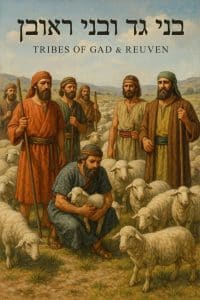
In Parshas Matos (32,16), the tribes of Reuven and Gad come to Moshe with a request to settle in Trans-Jordan.
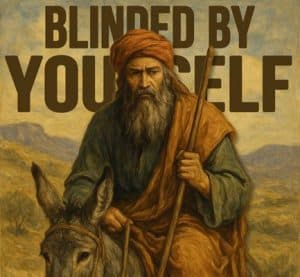
Pashas Balak recounts the tale of Bilaam, a non-Jewish prophet who is commissioned by Balak, the King of Moav, to curse the Jewish people.
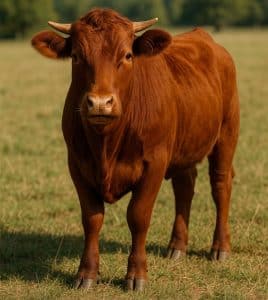
Parshas Chukas opens with the laws about the Parah Aduma, the Red Heifer. This commandment serves as a quintessential
illustration of a chok.

Parshas Korach narrates the revolt instigated by Korach against Moshe. Fueled by jealousy, Korach challenges Moshe’s leadership and Divine appointment.
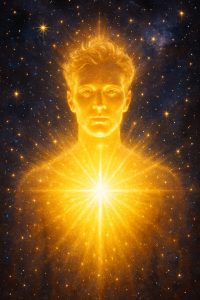
The Sefer of Bamidbar is known by Chazal as Sefer Hapikudim. In English, it is referred to as the Book of Numbers, rather than the Book of the Desert, which would be the accurate translation
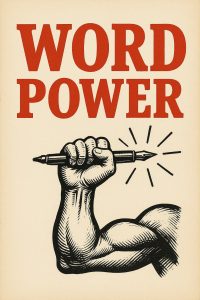
The Torah contains numerous laws concerning appropriate speech. Many verses and texts discuss the laws of Lashon Hara and Rechilus, which are typically translated as gossip, talebearing, and slandering.

In the latter part of Parshas Emor, a sorrowful narrative unfolds regarding a man who blasphemes God and faces capital punishment for this grave offense.

Mikvaos – a Brief Overview: The Jewish Ritual Bath By Rabbi Yair Hoffman

One of the most frequently cited verses in the Torah appears in Parshas Kedoshim, which states, ‘ve’ahavta lere’acha kamocha,’ meaning ‘love your neighbor as yourself.’
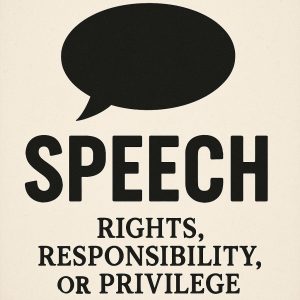
The Parshiyos of Tazria and Metzorah provide a comprehensive overview of the laws and principles governing individuals who have contracted tzara’as.

In Parshas Shemini, the Torah outlines the various animals, birds, and fish that are allowed or prohibited for consumption.

In Parshas Tzav, the Torah addresses the prohibition of “Pigul.” It states, “If any of the flesh of his peace offering is consumed on the third day, it will not be accepted; it will not be credited to the one who offers it; it will be rejected, and the individual who eats from it will incur guilt.”

The Book of Vayikra, referred to as Leviticus, begins with the expression Vayikra el Moshe, which means “(and) He [G-d] called to Moshe”. In Hebrew, the word Vayikra ends with the letter “א”,” aleph”.

In Parshas Pekudei, Moshe presents a detailed report of the contributions made by the Jewish people for the construction of the Mishkan.

Parshas Vayakhel recounts Moshe conveying Hashem’s command to the Bnei Yisrael to construct the Mishkan. Betzalel, Moshe’s nephew, has been chosen by Hashem to oversee the construction.

Shushan Purim coincides with this Shabbos, on which we read Parshas Ki Sisa. This presents an opportunity to explore and identify similarities between the Jewish People and Aharon . . .

In Parshas Tetzaveh, Moshe is given divine guidance regarding the design of the bigdei kahuna, the Priestly garments designated for Ahron and his sons.

The Jewish People are likened to the moon. In contrast to the sun, which remains perpetually bright and visible, the moon experiences cycles of waxing and waning each month.